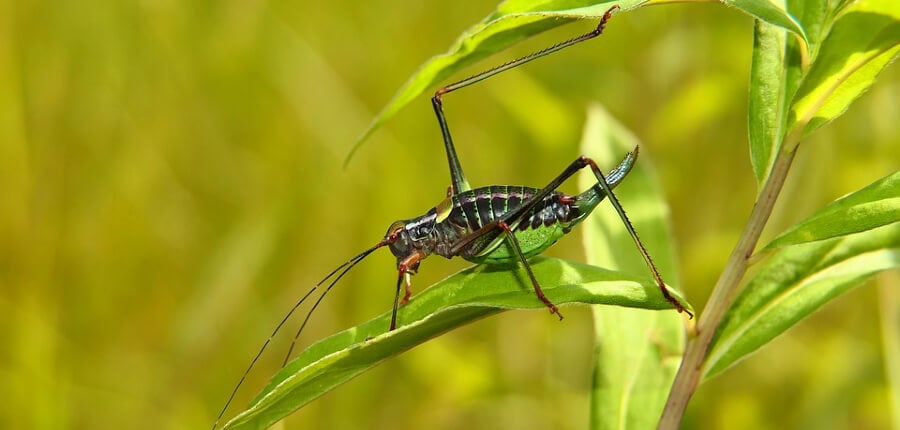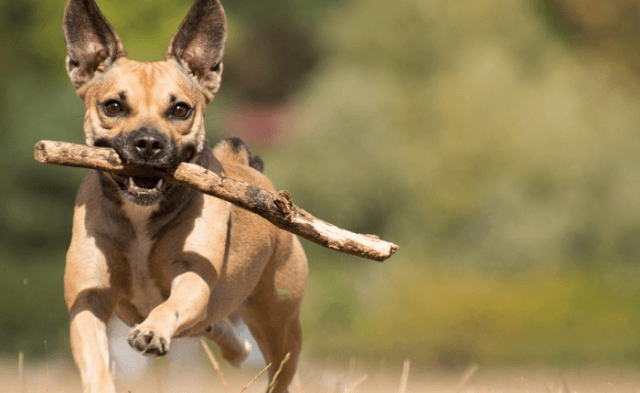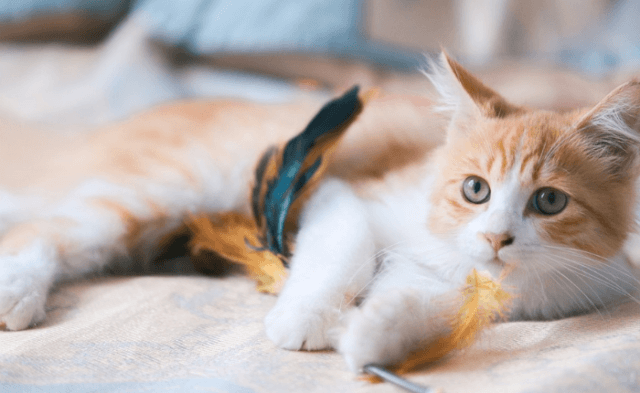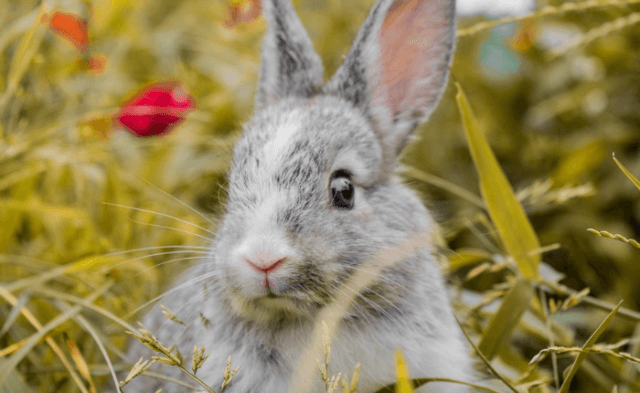Cricket empanadas. Mealworm arancini. Termite queen with mango. These dishes sound as if they were cooked up in the kitchen of a Halloween house of horrors, but you may soon be able to find them at a local restaurant. That’s because in recent years, foodies—who will eat anything that moves or doesn’t—have latched onto the idea that eating insects will magically solve the problem of how to feed a growing global population on a high-protein diet.
Hogwash. I say, if you’re that desperate for a protein overload, eat the whales.
The authors of the recent book On Eating Insects: Essays, Stories and Recipes apparently agree. They point out that, once you factor in the resources that are needed to feed and slaughter billions of other beings for our dinner tables and then truck their body parts long distances to restaurants and supermarkets, we would indeed be better off eating whales—something that I’ve been saying for years.
Look at it this way: If you pick up a broiler chicken in the supermarket, you may find enough meat on its scrawny, factory-farmed frame to net one meal for a family of four. Run a harpoon through a 40-ton whale and you can keep a community of 2,000 well fed for several weeks. Now imagine the number of insects that would have to be killed to satisfy that many hungry humans. If animals and insects could vote on this, the blubber-eaters would win. In their lifetimes, people who eat whales end far fewer lives than the chicken nugget-nibblers or the cricket-crunchers. And while insects may be small and look strange to us, that doesn’t mean that their lives don’t matter or that they don’t want to enjoy them.
It’s fine to gag at the thought of eating whale meat but better to gag at the thought of eating any meat at all. At least most whales get to live free in the wild before being bled to death. (There is, however, the troubling reality that members of whale families, or “pods,” suffer greatly when one animal, such as a mother or calf, is removed from the group, not to mention the fact that the psychological scars caused by seeing the gruesome death of a loved one are immeasurable.)
Pigs, cows and chickens, through no fault of their own, have it a lot worse than whales, because when it comes to raising and killing animals on an industrial scale, any measure of kindness or decency dries up like the blood on the slaughterer’s knife.
To satisfy the desires of so many people who crave burgers and chicken wings, animals raised for meat are castrated and dehorned, their tails are amputated and parts of their beaks are seared off with a hot wire—all without painkillers.
What’s really odd is that we drink the milk that’s meant for calves, who are separated from their loving mothers soon after birth, and then we eat them, too, as veal.
Animals on factory farms are crowded together like commuters on a Manhattan rush-hour train. Pigs have to breathe in the ammonia from their own waste, which collects in troughs beneath their pens, and they develop a condition known as “black lung disease.” Their limbs become infected with open sores as a result of being forced to lie on hard cement floors.
“Broiler chickens” are bred to be so breast-heavy that the bones in their legs splinter and they spend their last days in chronic pain. In egg factories, chickens are never able to stretch a wing or find enough room to lie down. When their egg-laying output wanes, there’s no retirement party: They are stuffed into crates so violently that they sustain broken wings and legs.
But back to whales: If humans find the taste of animal flesh so irresistible that they simply can’t stop themselves from consuming it, they should understand that eating those big marine mammals is a lot kinder than carting home a pack of chicken breasts from the supermarket.
As for insects, well, cognitive scientists now tell us that their brains, while tiny, perform the same functions as the human midbrain, the ancient neural core that supports our capacity for awareness. In other words, these little beings, like us, are conscious—making the idea of farming them for our food supply ethically problematic.
So where does all this leave us? The answer is not to eat whales, of course, but instead to take a deep dive into an ethical diet and go vegan.





